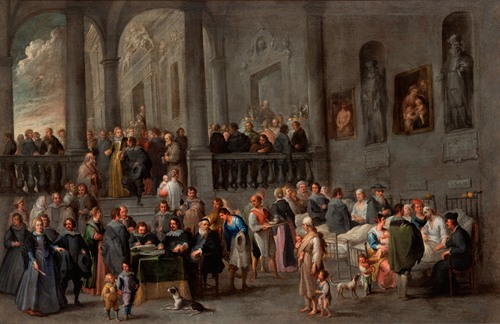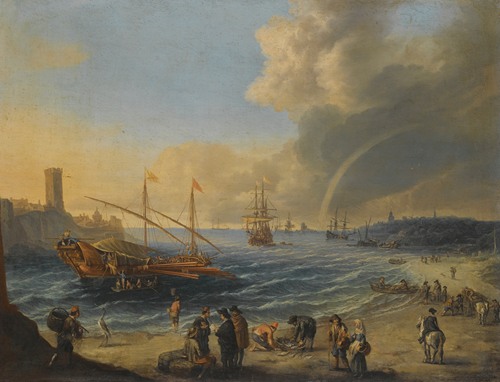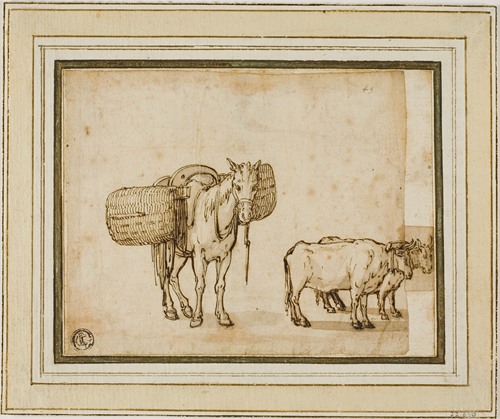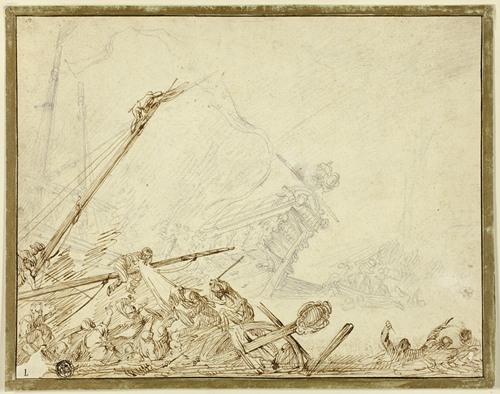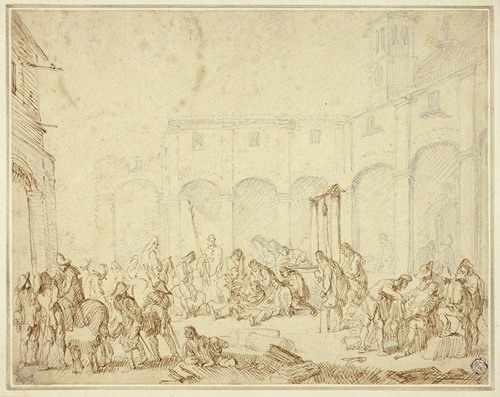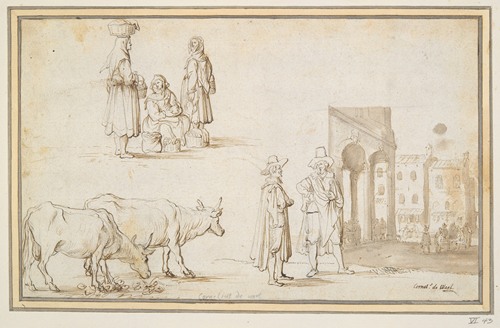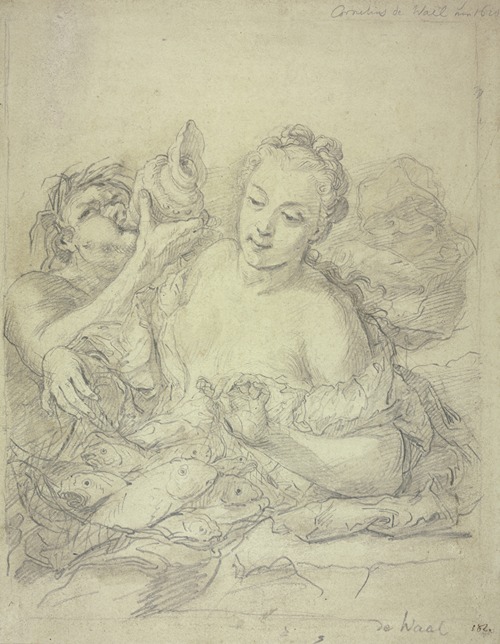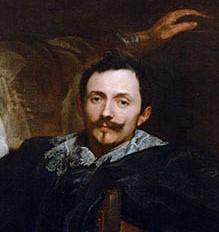

Cornelis De Wael
Cornelis de Wael was a Flemish painter, engraver and merchant who was primarily active in Genoa in Italy. He is known for his genre paintings, battle scenes, history paintings and still lifes. Through his art work, support for Flemish painters working in Italy and role as an art dealer, he played an important role in the artistic exchange between Italy and Flanders in the first half of the 17th century. His work also had an influence on local painters such as Alessandro Magnasco, particularly through his scenes of despair and irony.
Cornelis de Wael was born into an artistic family in Antwerp as the son of the painter Jan de Wael I (1558-1633). His mother Gertrude de Jode came from a family of artists: her father was the cartographer Gerard de Jode and her brother was the engraver Pieter de Jode I.
In 1619 he emigrated to Italy with his brother Lucas de Wael (1591-1661), also a painter. They spent time first in Genoa and then in Rome where they came into contact with the members of the Bentvueghels, an association of mainly Dutch and Flemish artists working in Rome. In 1627 Cornelis became a member of the Accademia di San Luca, the prestigious association of artists in Rome which had very strict admission criteria. The brothers returned in 1628 to Genoa, where Cornelis resides for most of his life, whereas his brother Lucas returned to Antwerp in 1628. Genoa was at the time an attractive destination for artists since the competition between artists there was less intense than in the leading cultural centres Rome, Florence and Venice, while Genoa was a thriving port city where a large number of potential customers and collectors lived.
The workshop of the brothers de Wael in Genoa became the centre of the colony of Flemish artists who resided in or passed through the city. These Flemish artists could take advantage of the work and artistic activity that their workshop attracted. The brothers provided a home, materials and tools, they assisted their compatriots with their local integration, passed on recommendations to clients and formulated competition rules. Some Flemish artists visiting Genoa became their collaborators. This is the case of the marine painter Andries van Eertvelt who is documented in Genoa from 1628–1630, where he lived with de Wael and became his collaborator. Van Eertvelt's pupil Gaspar van Eyck also who worked in Genoa from 1632 to 1640 and was de Wael's collaborator. When Anthony van Dyck visited Genoa, he stayed with the brothers. While it was formerly believed that Cornelis was one of van Dyck's closest collaborators in the city, recent scholarship has suggested that it is more likely that this role was played by the Flemish painter Jan Roos with whom signed collaborations have been preserved. Van Dyck painted a Portrait of the brothers de Wael (Pinacoteca Capitolina, Rome) that was later engraved by Wenceslas Hollar. The Flemish painter Jan Brueghel the Younger stayed with the brothers de Wael in Genoa from October until December 1622. Cornelis was also involved in trading activities with his hometown Antwerp dealing in a wide variety of goods. As an art dealer, he played an important role in introducing Rembrandt's prints in Genoa and Rome. His brother Lucas later returned to Antwerp and played a major role in these business activities.
Cornelis settled permanently in Rome around the year 1656 to avoid an outbreak of the plague in Genoa. Here he continued to paint and trade. From 1664 to 1666 he was prior of the congregation of San Giuliano dei Fiamminghi, which assisted Flemish residents of Rome.
There was a great demand for the work of Cornelis de Wael. His patrons included the rich patricians of the Government of the Republic of Genoa as well as Philip III of Spain and Philippe-Charles, 3rd Count of Arenberg.
De Wael's pupils included his nephew Jan Baptist de Wael (the son of Lucas), the Flemish painter Jan Hovaert (also known as Giovanni Hovart, Giovanni di Lamberto, Giovannino del su Lamberto, Jan Lambertsz Houwaert) and Antonio Rinaldi.
He died in Rome in 1667. Contemporary reports describe an impressive funeral attended by about 400 Flemish artists that formed part the Roman painters' colony.
